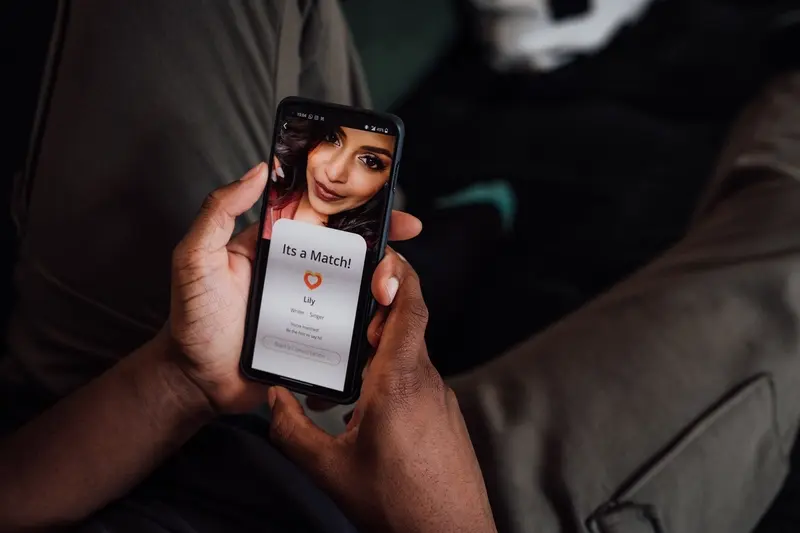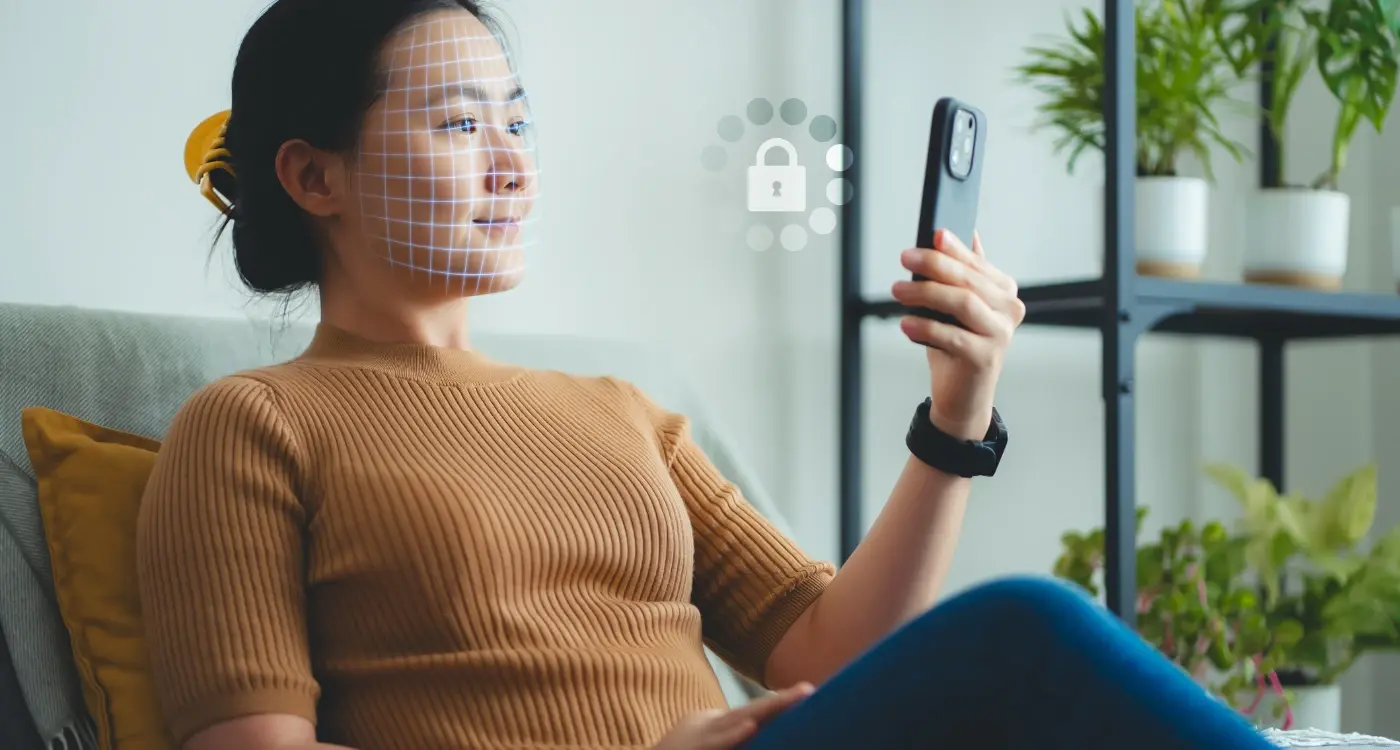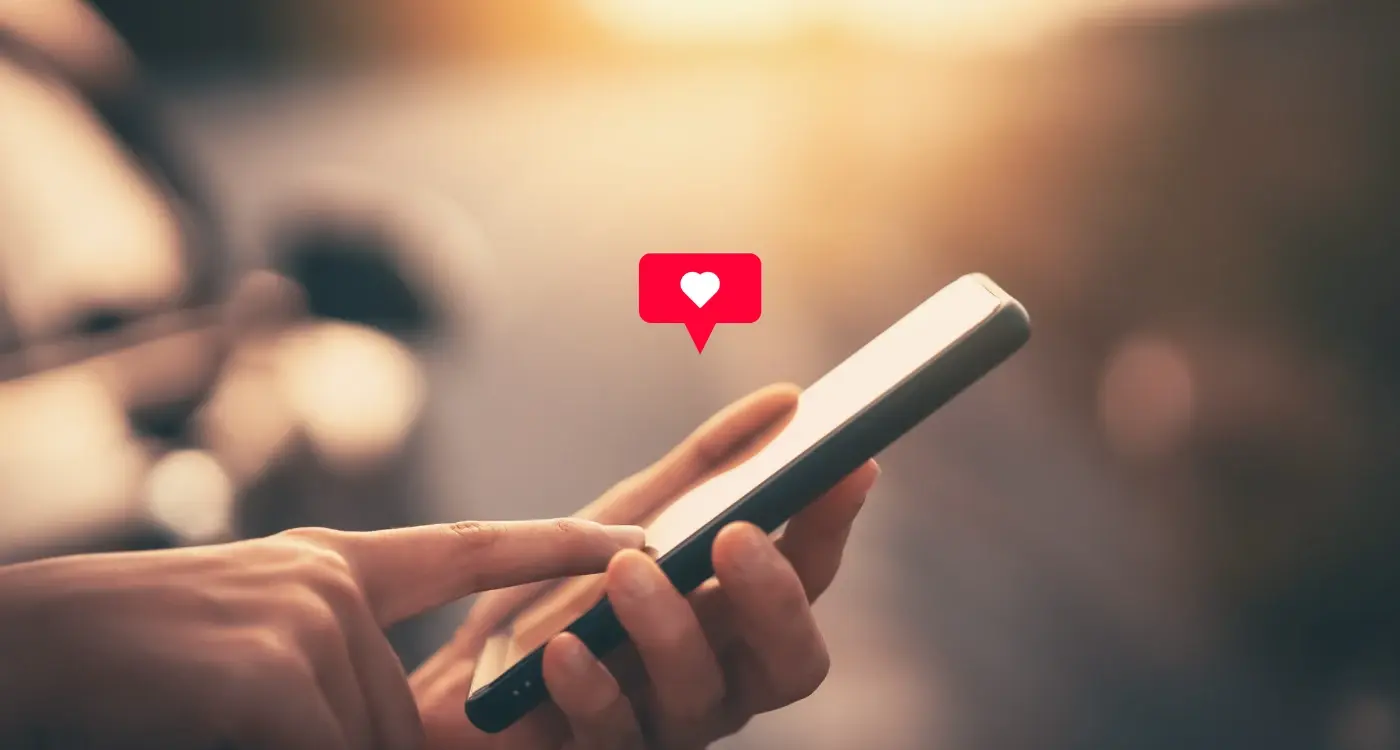What's The Best Way To Handle User Verification In A Dating App?
Nearly 40% of dating app users have encountered fake profiles or catfishing attempts within their first month of using these platforms. That's a staggering number when you think about it—almost half of people looking for genuine connections are being deceived right from the start. As someone who's built countless mobile apps over the years, I can tell you that user verification has become one of the most talked-about challenges in dating app development.
The problem isn't just about annoying fake accounts anymore. We're talking about real safety concerns that can affect people's lives, finances, and emotional wellbeing. Dating apps have evolved from simple matchmaking tools into complex platforms where identity verification plays a massive role in user trust and retention.
The reality is that without proper verification systems, dating apps become breeding grounds for scammers, catfishers, and people with malicious intent
But here's the tricky bit—implementing user verification isn't straightforward. You need to balance security with user experience; make it too complicated and people abandon your app, make it too simple and you're back to square one with safety issues. Throughout this guide, we'll explore the different verification methods available, their strengths and weaknesses, and most importantly, how to implement them without driving your users away. Because at the end of the day, a secure dating app that nobody uses isn't much good to anyone.
Understanding User Verification in Dating Apps
User verification in dating apps is basically a way to prove that someone is who they claim to be. Think of it like showing your ID at a club—except instead of proving your age, you're proving you're a real person with genuine intentions.
The whole point is building trust between users. When someone knows the person they're chatting to has been verified, they feel safer. It's that simple really. Without verification, dating apps become breeding grounds for fake profiles, catfishing, and all sorts of dodgy behaviour that ruins the experience for everyone.
Why Verification Matters More Than Ever
Dating apps have exploded in popularity over recent years, but so have the problems that come with them. Fake profiles aren't just annoying—they can be dangerous. People create false identities to scam others, steal personal information, or worse.
From a business perspective, verification helps dating apps maintain their reputation. Users who feel safe are more likely to stay active, pay for premium features, and recommend the app to friends. It's a win-win situation.
The Main Goals of Verification
- Confirming users are real people, not bots or fake accounts
- Reducing catfishing and identity theft
- Building trust between potential matches
- Protecting the app's reputation and user base
- Meeting legal requirements in certain regions
The challenge is finding the right balance between security and user experience. Make verification too complicated and people abandon the sign-up process. Make it too simple and fake profiles slip through the cracks.
The Different Types of Identity Verification Methods
When it comes to user verification in dating apps, there's no one-size-fits-all solution. I've worked on dozens of dating platforms over the years, and each one needs a different approach based on their user base and safety requirements. The good news is that you've got several proven methods to choose from.
Most dating apps use a combination of verification methods rather than relying on just one. This layered approach gives you better protection against fake profiles and bad actors. Let me break down the main options you'll want to consider:
Primary Verification Methods
- Photo verification — Users take a real-time selfie that's compared against their profile photos
- Phone number verification — SMS codes sent to mobile numbers to confirm ownership
- Email verification — Standard email confirmation links
- Social media linking — Connecting Facebook, Instagram or other social accounts
- Government ID verification — Uploading driving licences or passports for official confirmation
- Video verification — Recording short videos performing specific actions
The trick is finding the right balance between security and user experience. Too many verification steps and people will abandon your app before they even start using it. Too few, and you'll struggle with fake profiles and safety issues.
Start with basic email and phone verification for all users, then add optional photo verification for those who want a "verified" badge on their profile. This gives users choice whilst maintaining baseline security.
Photo Verification and Its Challenges
Photo verification seems like the obvious choice for dating apps—after all, people want to know they're talking to someone who looks like their profile pictures. The concept is straightforward enough: users take a selfie or perform a specific action like holding up fingers or tilting their head, then the app compares this to their uploaded photos.
But here's where things get tricky. Photo verification technology isn't perfect, and it can struggle with different lighting conditions, angles, or even if someone's had a haircut since uploading their original photos. I've worked on apps where users got frustrated because they couldn't pass verification simply because they were wearing glasses in one photo but not the other.
Common Issues You'll Face
The biggest challenge is false rejections—when real users can't verify because the technology makes a mistake. This happens more often than you'd think, particularly with:
- Poor lighting conditions during the verification selfie
- Significant changes in appearance (new hairstyle, facial hair, weight changes)
- Technical issues with camera quality or positioning
- Users wearing accessories like hats or sunglasses
Then there's the flip side: sophisticated users who know how to game the system using edited photos or even deepfake technology. It's an arms race between verification tech and people trying to fool it.
Phone Number and Email Verification Systems
Phone number and email verification are the bread and butter of user verification systems—simple, quick, and something most people are already familiar with. I've implemented these systems countless times over the years, and they work well as a first line of defence against fake profiles and spam accounts.
The process is straightforward: users enter their phone number or email address, receive a code, and input it back into the app. Phone verification tends to be more reliable since it's harder to create throwaway phone numbers than email accounts. Plus, most people have just one primary mobile number, making it a decent way to prevent multiple fake accounts from the same person.
The Limitations You Need to Know About
These methods aren't foolproof though. Email verification is the weakest form of identity verification—anyone can create multiple email addresses in minutes. Phone verification is better, but determined bad actors can still use temporary phone numbers or burner phones to bypass the system.
The key is understanding that phone and email verification confirm someone can access these accounts, but they don't actually verify who that person really is
Think of these systems as your first checkpoint rather than your final security measure. They're brilliant for keeping out casual troublemakers and reducing spam, but serious safety concerns require additional verification methods layered on top.
Government ID Verification for Dating Platforms
Government ID verification is probably the most thorough way to check if someone is who they say they are on a dating app. I'll be honest—it's not the most popular choice with users because it feels quite invasive. But when you need rock-solid proof of identity, nothing beats asking someone to upload their passport or driving licence.
The process works by getting users to photograph their official documents and then using automated systems to check the details match what they've entered in their profile. Some apps go further and ask for a selfie whilst holding the ID to prove the person actually owns it. It sounds straightforward, but there's quite a bit happening behind the scenes.
How Government ID Verification Works
The technical side involves optical character recognition (OCR) software that reads the text on documents, plus security features that detect fake IDs. Most systems check things like document fonts, holograms, and whether the photo looks genuine. The whole process usually takes a few minutes, though manual reviews can add extra time.
The Trade-offs You Need to Consider
Here's what you're weighing up with government ID verification:
- Maximum security and age verification accuracy
- Significant reduction in fake profiles and catfishing
- High user drop-off rates during onboarding
- Privacy concerns from users about sharing official documents
- Higher implementation costs and ongoing verification expenses
Most dating apps save this level of verification for premium features or high-risk situations rather than making it mandatory for everyone.
Creating a Smooth User Experience During Verification
User verification doesn't have to feel like a punishment for your users. I've seen too many dating apps treat identity verification like a necessary evil—making it clunky, confusing, and frankly quite annoying. The truth is, when done right, verification can actually build trust and make users feel safer on your platform.
The secret lies in making the process feel natural and explaining why each step matters. Instead of just asking for a selfie without context, tell users "We're checking this photo matches your profile to keep fake accounts out." People are much more willing to jump through hoops when they understand the safety benefits.
Timing Is Everything
Don't hit new users with verification straight away. Let them explore your app, set up their profile, maybe even browse a few potential matches first. Once they're invested in the experience, they'll be more motivated to complete the verification process. Think of it as earning the right to ask for their time and personal information.
Break verification into small, manageable steps rather than one big form. Users can complete phone verification today and photo verification tomorrow—this reduces abandonment rates significantly.
Progress indicators work wonders too. Show users exactly where they are in the process and how much is left. Nobody likes feeling trapped in an endless verification loop, and transparency builds confidence in your platform's professionalism.
Conclusion
Building a dating app that people actually trust isn't easy—and user verification sits right at the heart of that challenge. I've worked on dating platforms where getting this balance wrong meant losing thousands of users overnight, either because the verification was too strict or because fake profiles ran wild.
The truth is, there's no one-size-fits-all solution here. Photo verification works brilliantly for some apps but creates barriers for others; government ID checks offer rock-solid security but might scare away users who just want to test the waters. Phone and email verification? They're your baseline, but they won't stop determined bad actors.
What I've learned from years of building these systems is that layered verification works best. Start light with phone numbers, add photo verification for active users, and save the heavy-duty ID checks for premium features or when red flags appear. The key is making each step feel natural—users should understand why you're asking for verification and what they get in return.
Your users want to feel safe, but they also want to start swiping without jumping through hoops. Get that balance right, and you'll have a dating app that people not only download but actually stick around to use.
Share this
Subscribe To Our Learning Centre
You May Also Like
These Related Guides

What Safety Features Should My Dating App Have To Protect Users?

How Do International Age Verification Laws Affect My App?



